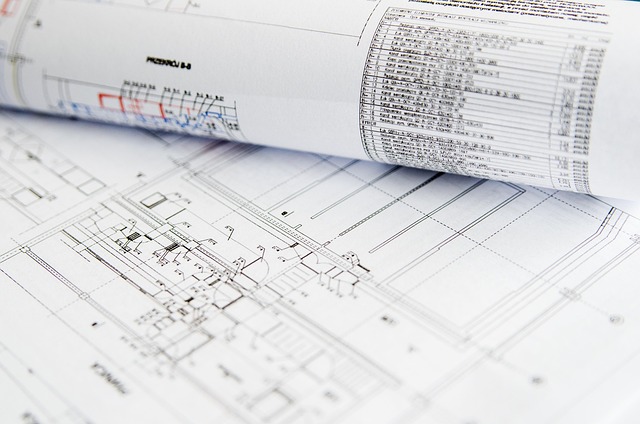When educators, trainers, and corporate communicators rely on live online sessions to deliver knowledge, the act of capturing those sessions goes far beyond a simple recording. Effective webinar documentation transforms fleeting moments into structured, searchable, and reusable resources. It allows learners to revisit complex ideas, enables educators to refine their content, and provides administrators with compliance records that can be audited or referenced in future curricula.
The Strategic Value of Webinar Documentation
In a learning ecosystem where content is constantly evolving, documentation serves as a bridge between real‑time instruction and long‑term accessibility. Here are three core benefits:
- Knowledge Retention: Capturing slides, speaker notes, and discussion highlights ensures that critical concepts remain available after the live event has ended.
- Quality Assurance: Detailed records enable peer review, facilitating continuous improvement of delivery styles and content accuracy.
- Compliance & Transparency: Institutions and corporations can demonstrate adherence to regulatory standards by maintaining comprehensive, searchable archives of educational activities.
Key Elements of a Robust Webinar Documentation Process
Building a systematic documentation routine involves more than merely recording audio or video. Below are the essential components every organization should incorporate:
- Pre‑Webinar Planning: Document the agenda, learning objectives, and speaker bios in a shared outline.
- During the Session: Capture slide decks, annotations, and live poll results. Record timestamps for key topics to aid later navigation.
- Post‑Webinar Review: Transcribe the session, highlight action items, and categorize discussion threads by theme.
- Archival & Indexing: Store the final materials in a centralized repository with metadata tags—date, topic, presenter, and keywords.
Best Practices for Crafting Clear and Useful Documentation
Quality documentation is more than a collection of raw data; it’s a user‑friendly narrative that supports learning goals. Apply these practices to keep your records effective:
- Use Consistent Formatting: Stick to a single style guide for headings, bullet points, and terminology to maintain readability across documents.
- Integrate Visual Summaries: Even without images, textual infographics—like condensed bullet lists or short tables of key takeaways—can enhance comprehension.
- Annotate Live Interactions: Record audience questions and answers with speaker timestamps to preserve context.
- Maintain Version Control: Track changes with clear version numbers or dates to avoid confusion when multiple iterations exist.
Tools That Facilitate Webinar Documentation
While no single solution fits every environment, a combination of complementary tools can streamline the workflow:
- Recording Platforms: High‑quality video and audio capture, coupled with built‑in chat logs.
- Transcription Services: Automated or manual transcription ensures searchable text without manual typing.
- Content Management Systems: Central repositories that support metadata tagging, full‑text search, and access control.
- Collaboration Suites: Shared documents and comment features allow reviewers to add insights without rewriting entire sections.
Case Study: Turning Live Learning into a Knowledge Base
Consider a university that hosts a weekly professional development webinar series. By embedding a structured documentation protocol, the institution achieved the following:
“Our students now access a searchable library of webinar transcripts and annotated slide decks. The faculty can track which concepts generate the most questions, allowing us to tailor future sessions to address persistent gaps.”
Key steps taken:
- Created a shared agenda template that automatically populates speaker bios.
- Enabled real‑time transcription with live captions, reducing post‑session editing.
- Tagged each document with course codes and learning outcomes for quick cross‑reference.
- Integrated a feedback form linked to the document, gathering learner insights directly within the archive.
Challenges and How to Overcome Them
Even the best‑planned documentation efforts can hit snags. Awareness of common obstacles and proactive mitigation strategies keeps the process on track:
- Data Privacy: Ensure compliance with data protection regulations by anonymizing personal information in transcripts when necessary.
- Storage Constraints: Implement a tiered archival system—retain high‑resolution media on a secure server while moving older materials to compressed formats.
- Consistency Across Teams: Provide training and reference materials so that all educators adhere to the same documentation standards.
Measuring the Impact of Your Documentation Strategy
Quantifying benefits turns anecdotal evidence into actionable data. Track these metrics over time:
- Access Frequency: Monitor how often archived webinars are viewed or downloaded.
- Search Success Rate: Evaluate how quickly users locate the information they need.
- Learning Outcome Improvement: Correlate engagement with documented materials to assessment scores or competency milestones.
- Feedback Loop: Use learner surveys to assess perceived value and identify gaps in documentation quality.
Future Trends in Webinar Documentation
As the educational landscape continues to evolve, emerging technologies promise to streamline and enrich documentation:
- AI‑Driven Summarization: Automated extraction of key points, action items, and sentiment analysis from transcripts.
- Interactive Knowledge Graphs: Linking concepts across multiple webinars to illustrate thematic relationships.
- Augmented Reality Embedding: Embedding 3D models or interactive simulations directly into archived sessions for enhanced learning.
Staying ahead of these trends requires a flexible, modular documentation framework that can incorporate new tools without disrupting existing workflows.
Conclusion: From Moment to Mastery
Webinar documentation is the invisible scaffold that supports online education’s promise of accessibility, continuity, and growth. By systematically capturing, organizing, and preserving the knowledge shared in live sessions, educators create a lasting educational resource that benefits learners, instructors, and administrators alike. The discipline of documenting webinars turns a single moment of instruction into a dynamic, reusable body of knowledge—ensuring that every lecture, Q&A, and demonstration continues to inspire and inform long after the lights dim.




